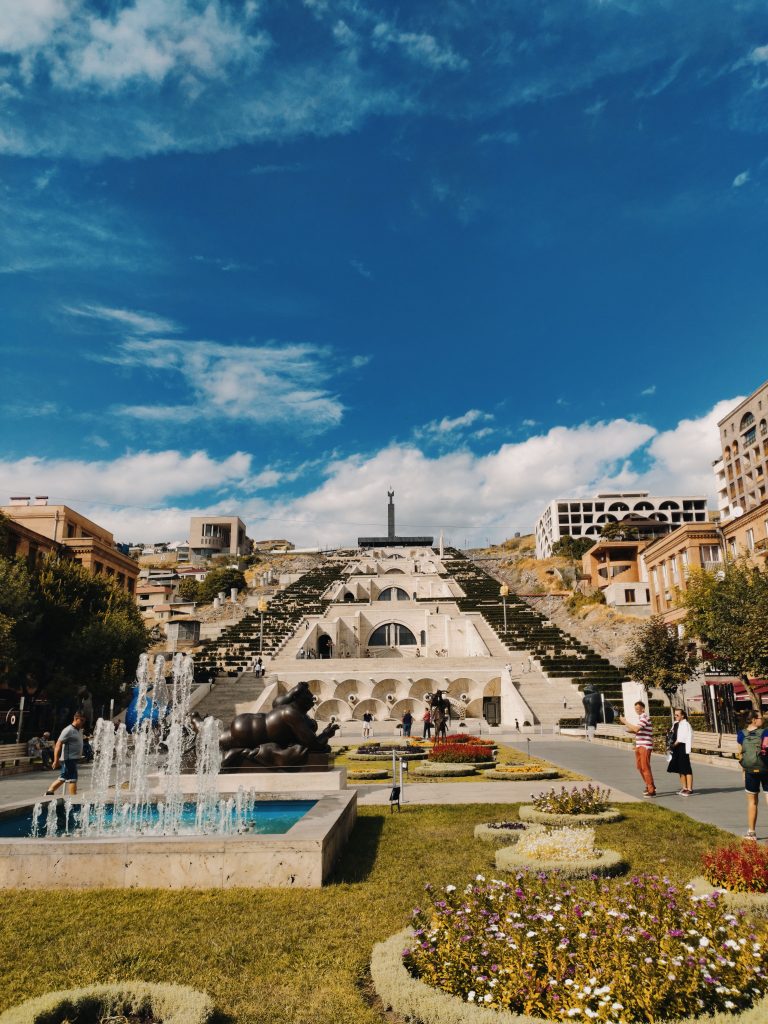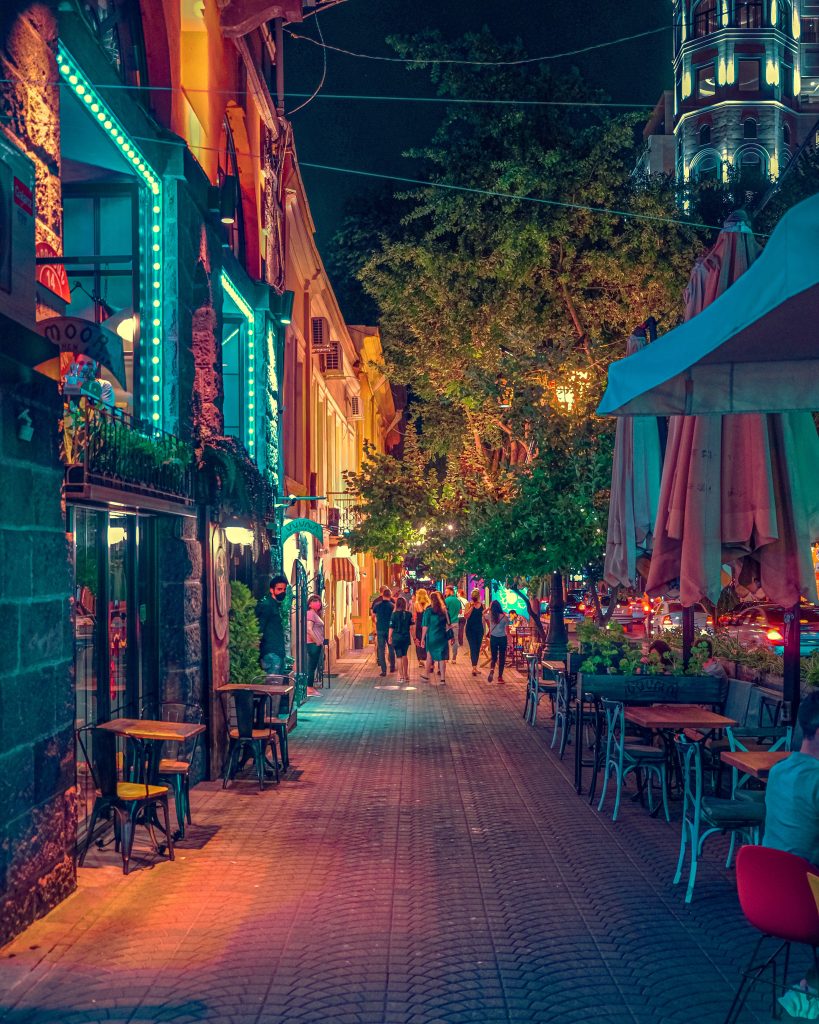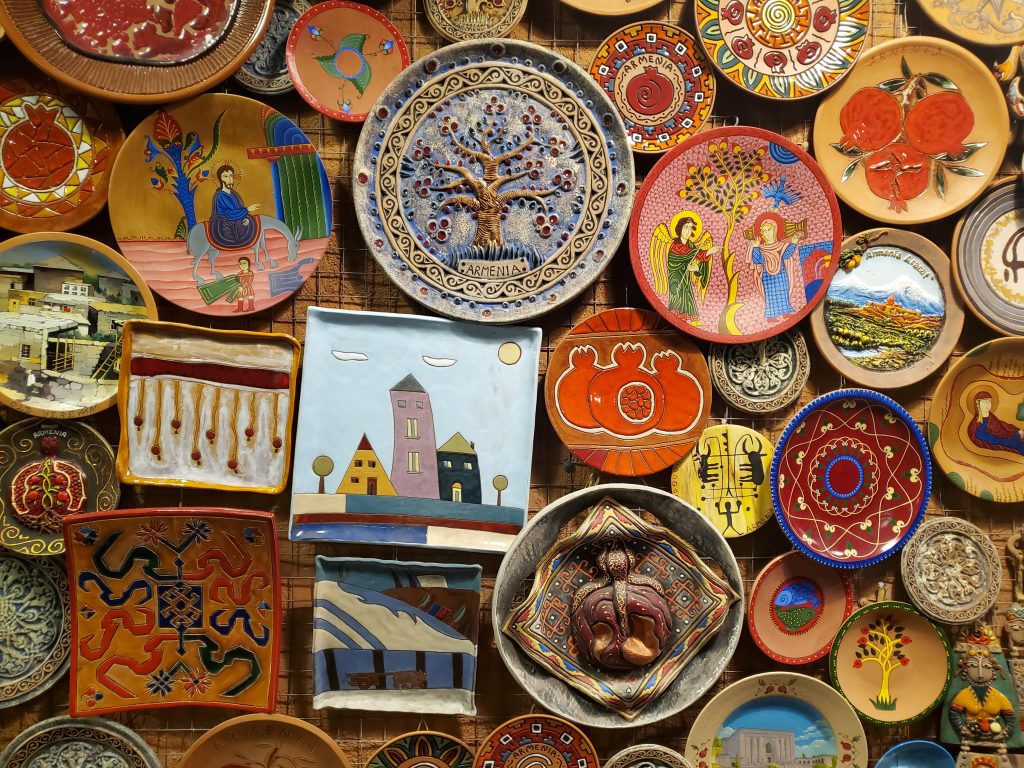Quick Overview of Armenia
The capital of Armenia is Yerevan, and the Armenia population as of today is around 2.8 million. The main religion of the country is Christianity (Armenian Apostolic Church), and the Armenian government type has lately switched from presidential to parliamentary democracy.
Where is Armenia Located
A very legitimate question arises when anyone is talking about Armenia – where is Armenia on a map? The modern borders of Armenia, today are very small, and in addition, it’s not a big political player, many people can’t even place Armenia on a world map.
Strictly geographically speaking, it is located in the Caucasus mountains, between Asia and Europe. However, some people also wonder if is Armenia part of Europe. So in geopolitical terms, it can also be considered a part of Europe. On the websites of some airlines, you can even find it under the Middle East section.
History Of Armenia
Armenia has a very long and rich history, and the first settlers on the Armenian highlands date back to the Kingdom of Urartu 9th century B.C. Yerevan was established in 782 B.C. with the building of the Erebuni fortress. In later years, following the rule of Persians and later on Macedonians, King Artaxias I established the Kingdom of Armenia in 190 B.C.
Throughout the years, Armenia has been under the rule of Persians, Romans, Ottomans, and Russians but has kept its national identity, traditions, and culture.
The first Republic of Armenia, however, was established in 1918, and the country first announced its independence on May 28th. The day also coincided with the battle of Sardarapat, which pushed invading Ottoman Empire out of Armenia. Right after its independence, Armenia experienced difficult times, hunger, and enormous refugee inflow due to the Armenian genocide. The independence was short-lived and ended on December 2nd, when Soviet Army invaded Armenia and declared it a Soviet Republic. Armenia became an independent state again in 1991.

Celebrations
The celebrations of the first Armenian Republic are grand and include cultural and military events. The president and Prime Minister of Armenia, together with the president of Artsakh, pay their respects at the Sardarapat Memorial.
Many people go out and enjoy the multitude of concerts and other events happening in the city, with the culmination of fireworks.
The only year that the festivities of the First Republic of Armenia did not take place was 2020, due to COVID-19 restrictions.

Armenian Culture and Traditions
When it comes to Armenian culture and traditions, there is a lot to unravel, as the centuries of history left its mark on every aspect of the country’s social norms and culture.
Armenia has a rich history of artists, painters, writers, musicians, architects as well as people in science that have gained international fame and recognition.
You can spot an Armenian by a very distinct feature in the last name – 99% of Armenian last names end in yan/ian. The people might hold a passport from any country, but their ethnic background can be in part determined by their last name (if their father is of Armenian descent).
An important Armenian tradition that is still alive today is carpet ornaments and their use in modern clothes, art, and so on. You can easily find such scarves, bags, and carpets themselves, and, why not, even dresses and shirts that will have such patterns.
In case you are interested, Buy Armenian has a very large collection of such accessories, easily accessible on their marketplace. In case you are interested to read further about Buy Armenian, their origin story, and how they developed from a Facebook group to a huge marketplace for products made in Armenia, check out the website.






